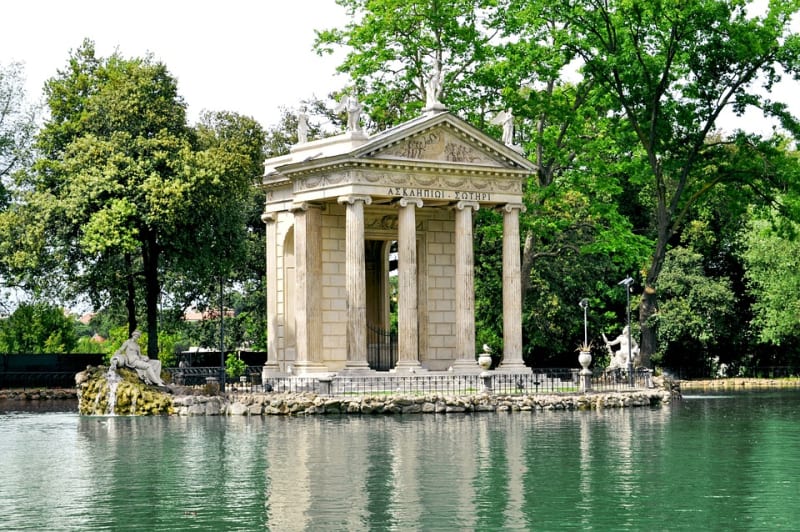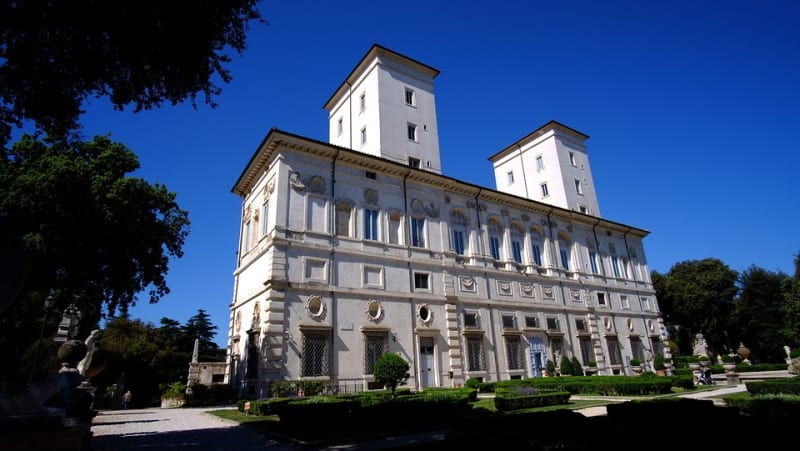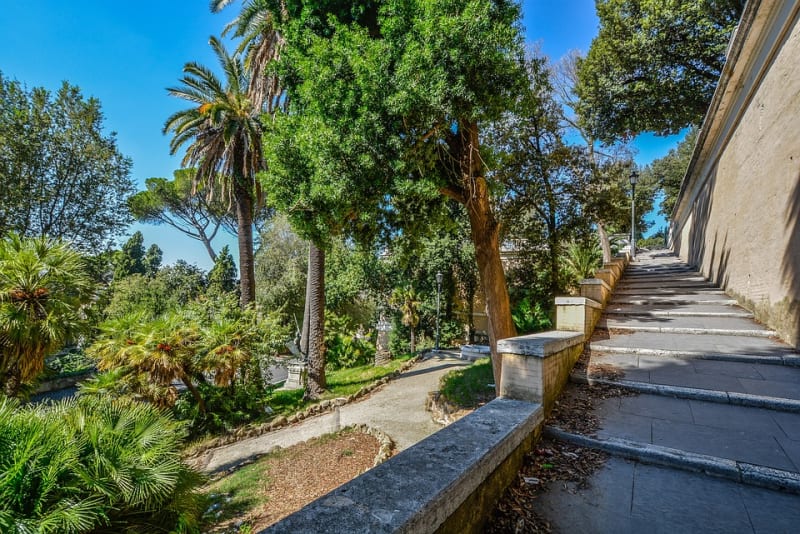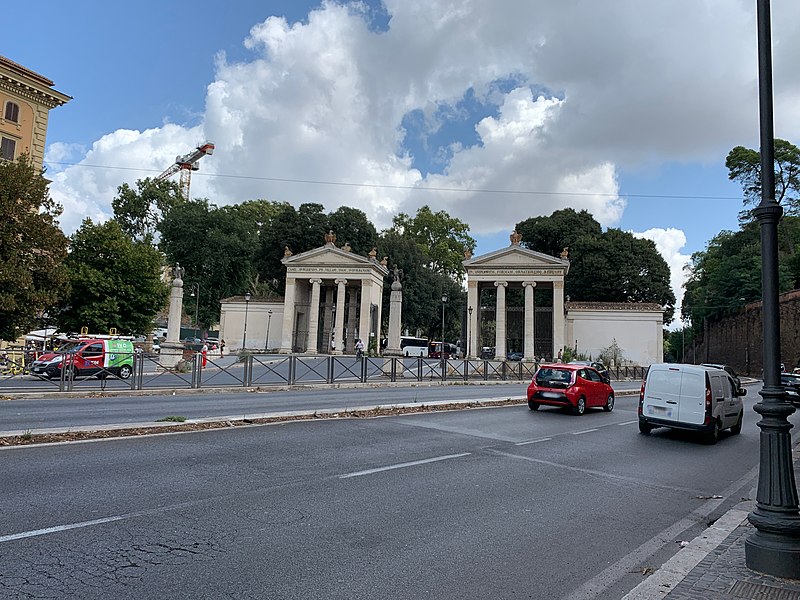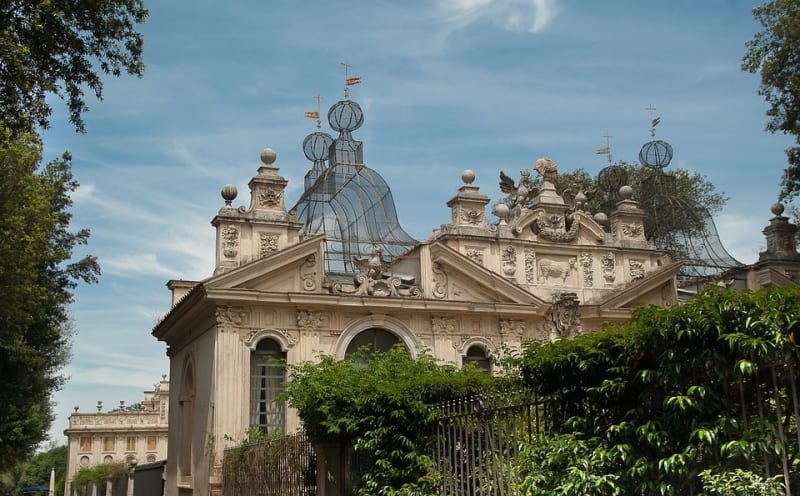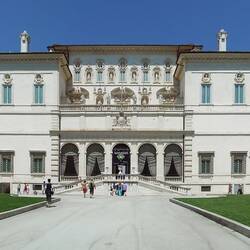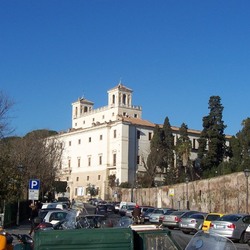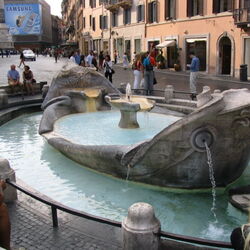Villa Borghese
Villa Borghese is a grandiose park ensemble in the central part of ancient Rome, on the slopes of Pincio Hill. The park complex is executed in the English style, occupies a significant area of 80 hectares. Villa Borghese accommodates many museum complexes, sculptural sculptures, monuments, fountains, pavilion buildings located among magnificent landscapes.
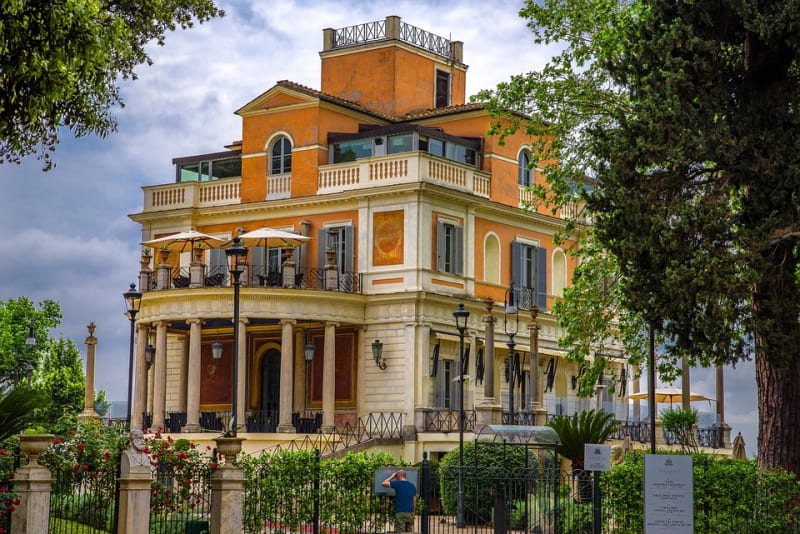
The history of Villa Borghese
Marcantonio Borghese, an aristocrat and a native of Siena, moved with his family to Rome in 1550 and bought a plot of land on a hill occupied by vineyards. One of his sons, Camillo, became Pope of Rome in 1605 (known as Paul V) and made his nephew, Scipione Caffarelli Borghese, cardinal secretary and his advisor.
Scipione was an avid art collector. Having received the post of cardinal, in 1606 he expanded the ancestral possessions on Pintcho Hill and gave orders to build a villa on them to house his art collection, and around it to lay out a park with statues and fountains, later called the "Garden of Delights". The work was completed in 1933.
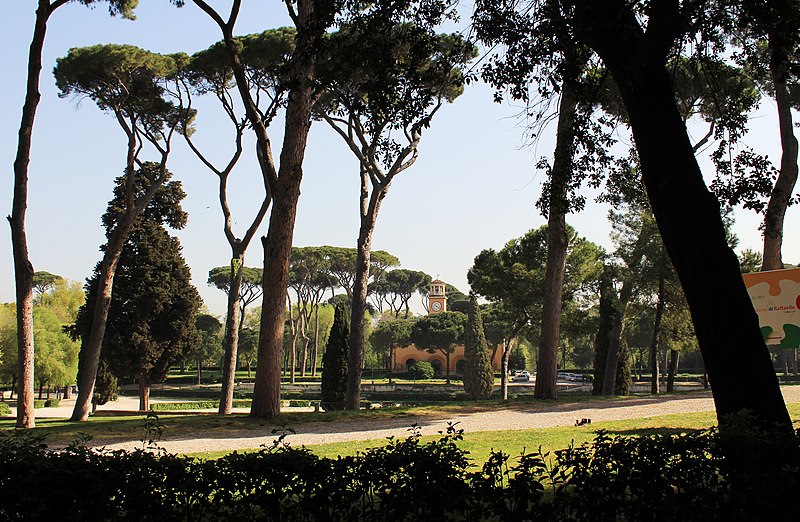
The villa remained in this form until the very end of the XVIII century, when the new owner from the Borghese family, Marcantonio IV, further expanded the boundaries of the park and began the reconstruction of buildings, gardens and fountains. New pavilions and rotundas were built.
In the 19th century, an impressive part of the neighboring lands joined the Villa. Then the landscape of the garden and park ensemble was transformed into an English landscape, which has been preserved to the present day.In 1901, Villa Borghese was acquired by the city authorities, giving it the status of a public park open to all.
Cultural attraction of the Eternal City
Many museum buildings and exhibition pavilions have been erected on the property occupied by Villa Borghese.:
- The Borghese Gallery is a family collection consisting of works by great painters and sculptors.
- The National Gallery of Modern Art, which houses paintings by masters of the XIX-XX centuries.
- Villa Julia, the National Museum, has collected samples of Etruscan art.
- The Pietro Canonica House Museum.
- The Carlo Bilotti Museum.
- Zoological Museum.
Along the wide alleys of the park complex, you can see architectural masterpieces in the garden and park style: the operating Globus Theater with Shakespearean productions, the Grotto of Wine, the Temple of Anthony and Faustina, the clock pavilion and more.
Unusual fountains attract attention: the fountain of sea horses, fountains of turtles, the fountain of the Winged Victoria. The entire park is decorated with marble statues and monuments to great figures from many countries of the world. The number of museum pavilions, architectural masterpieces and magnificent park ensembles concentrated here is impressive. Villa Borghese is also called the "Museum Park", where any visitor will find something interesting and impressive.

